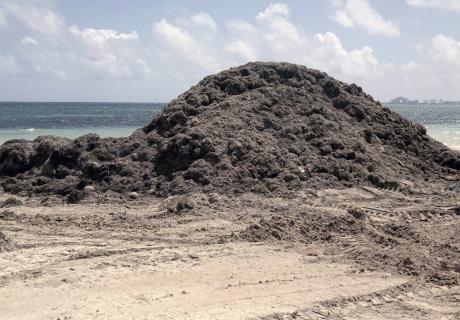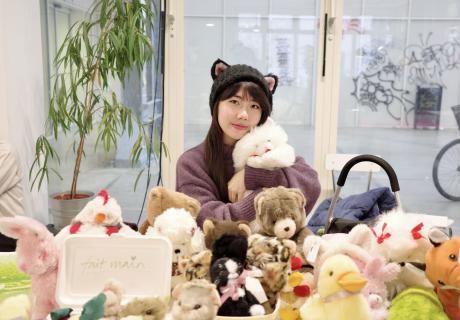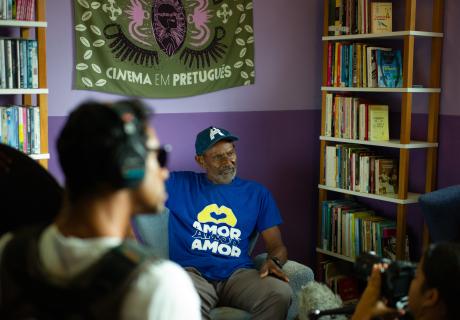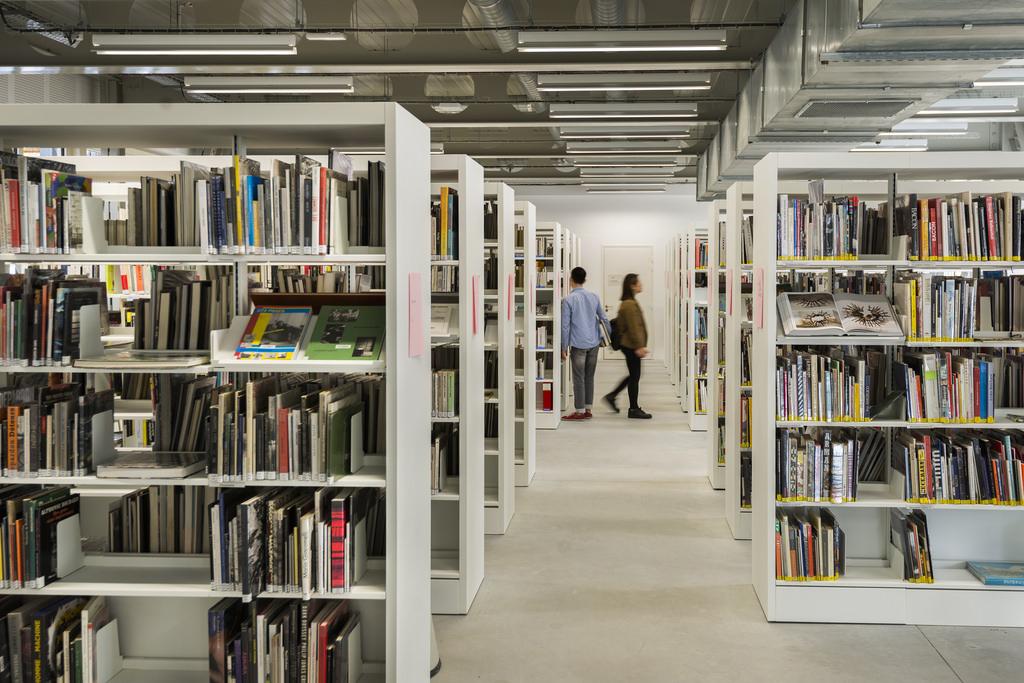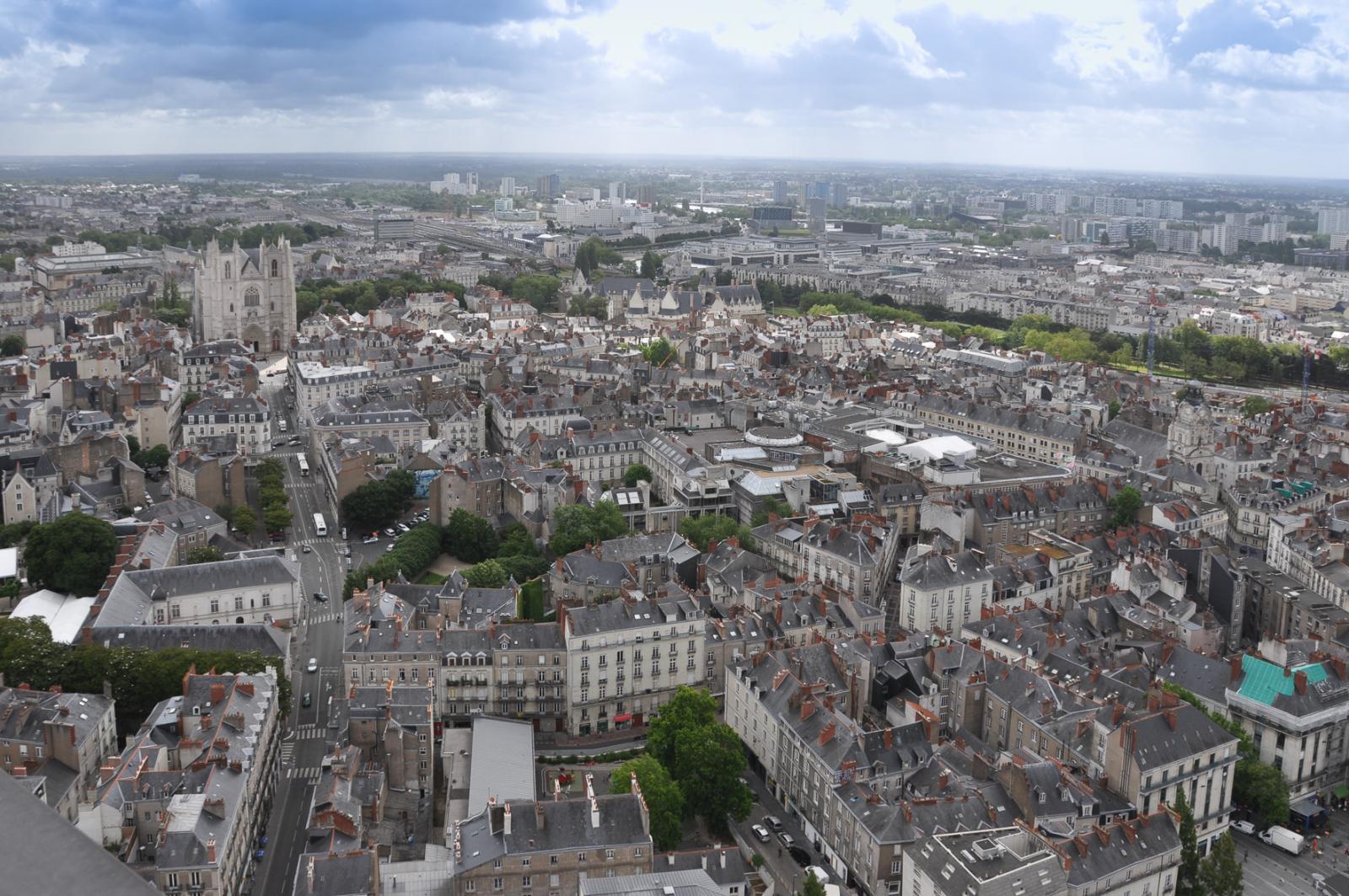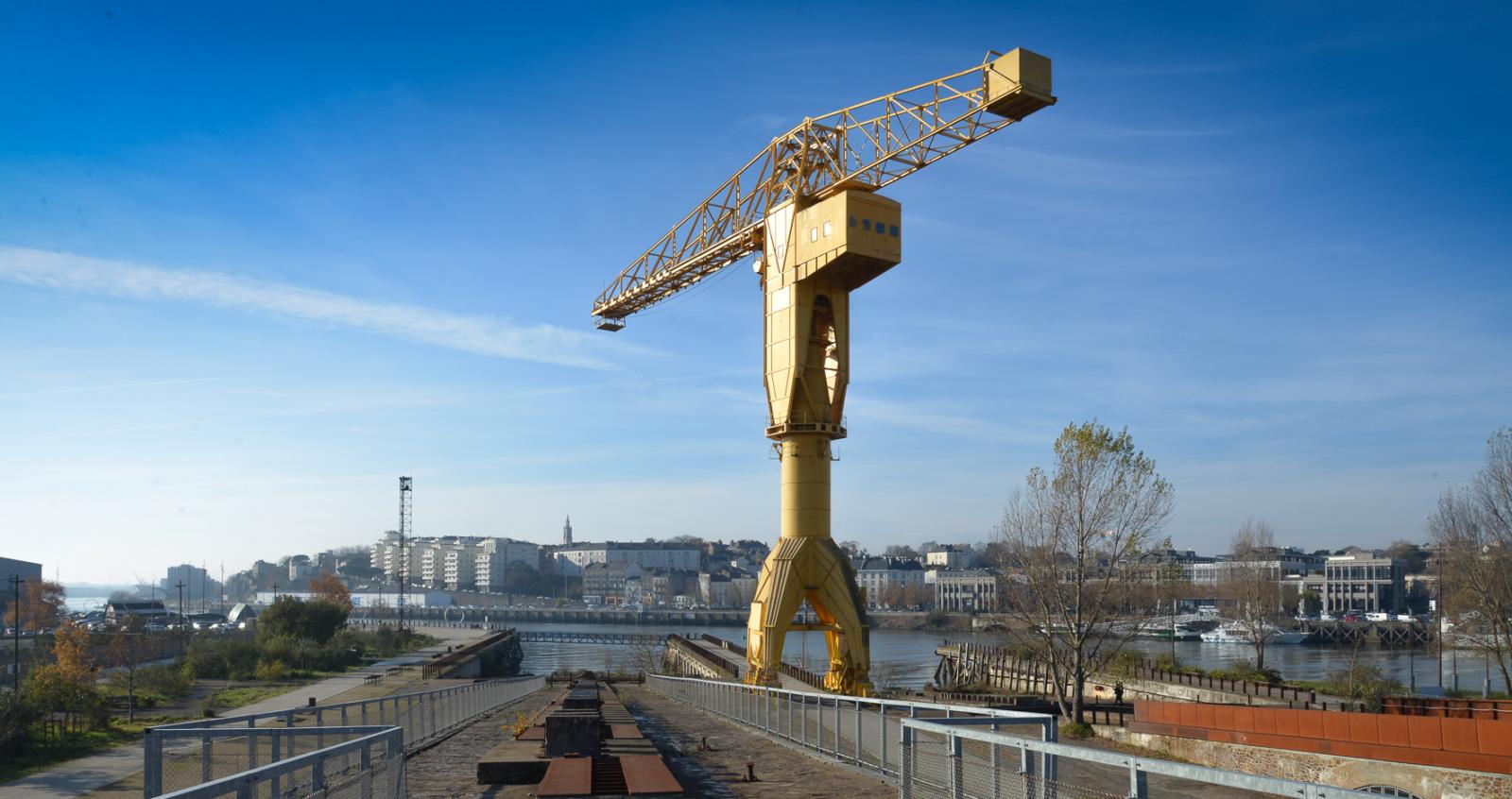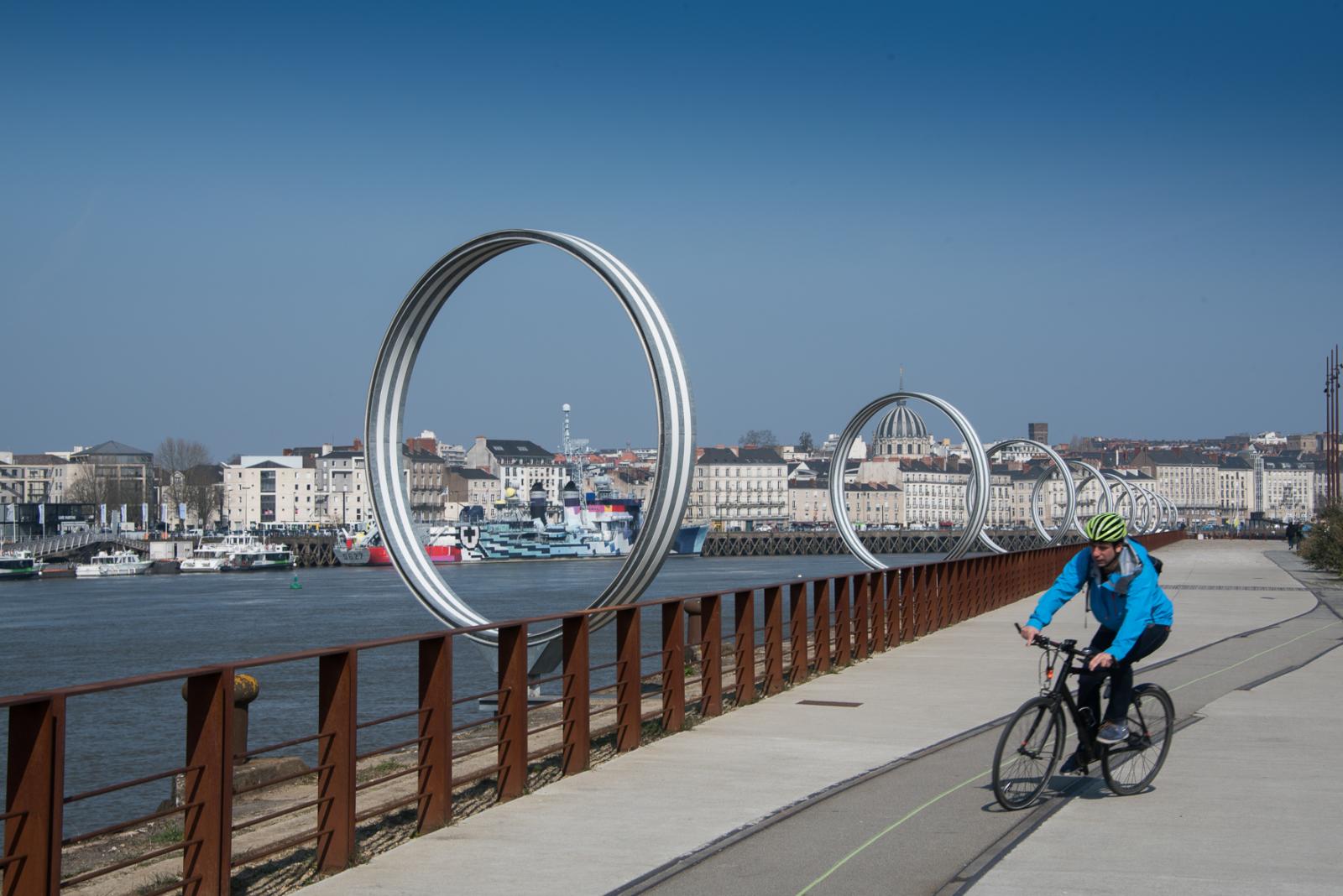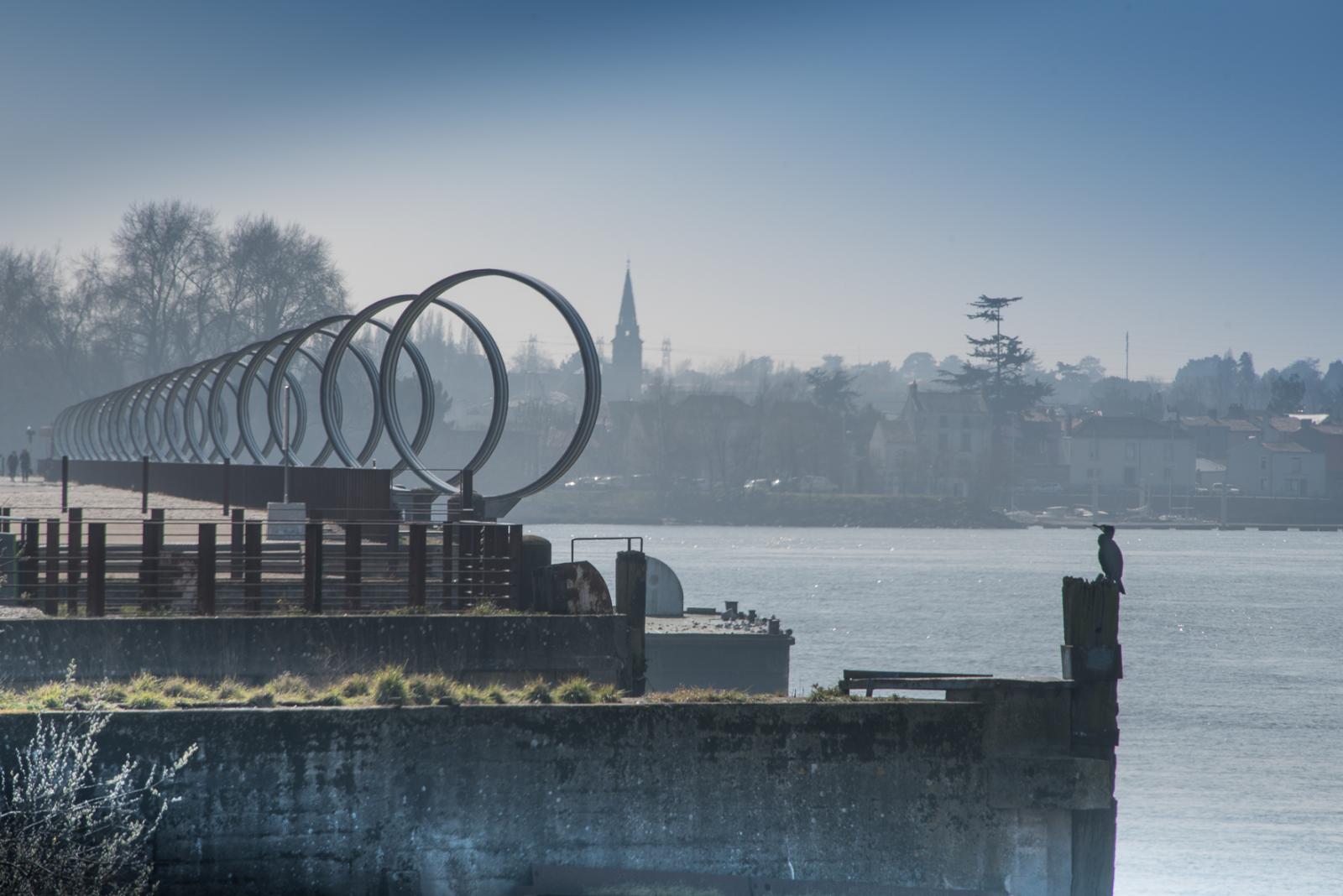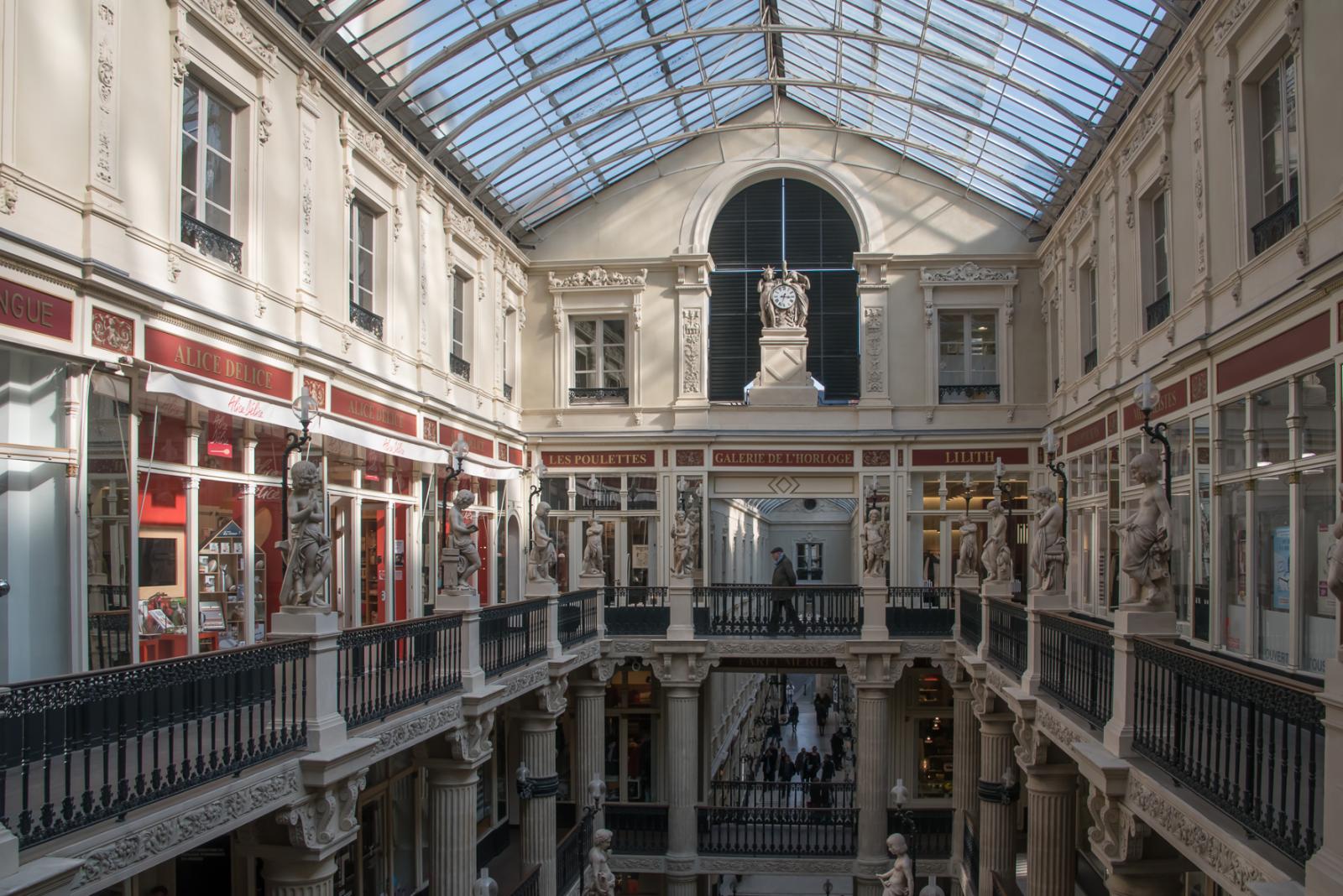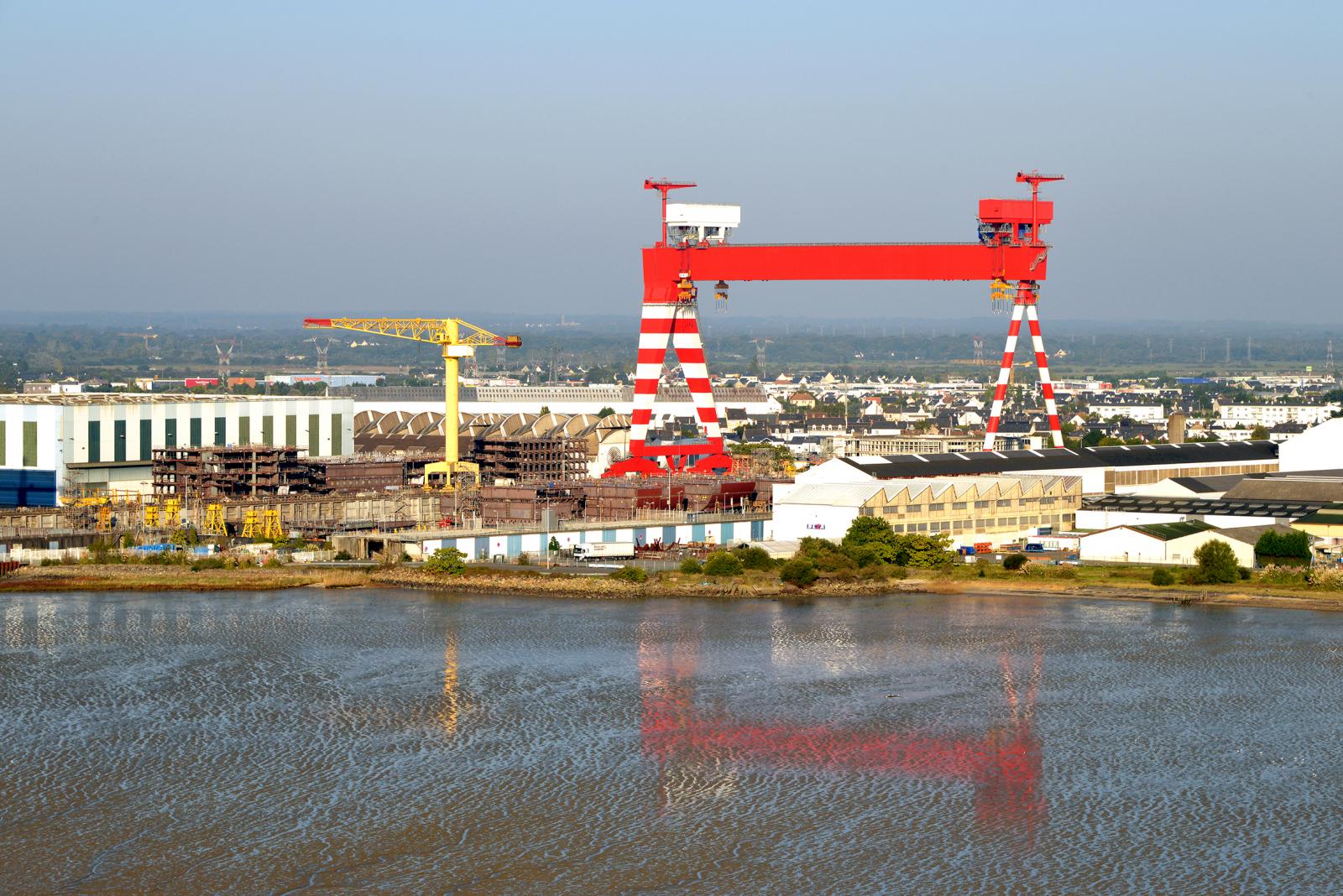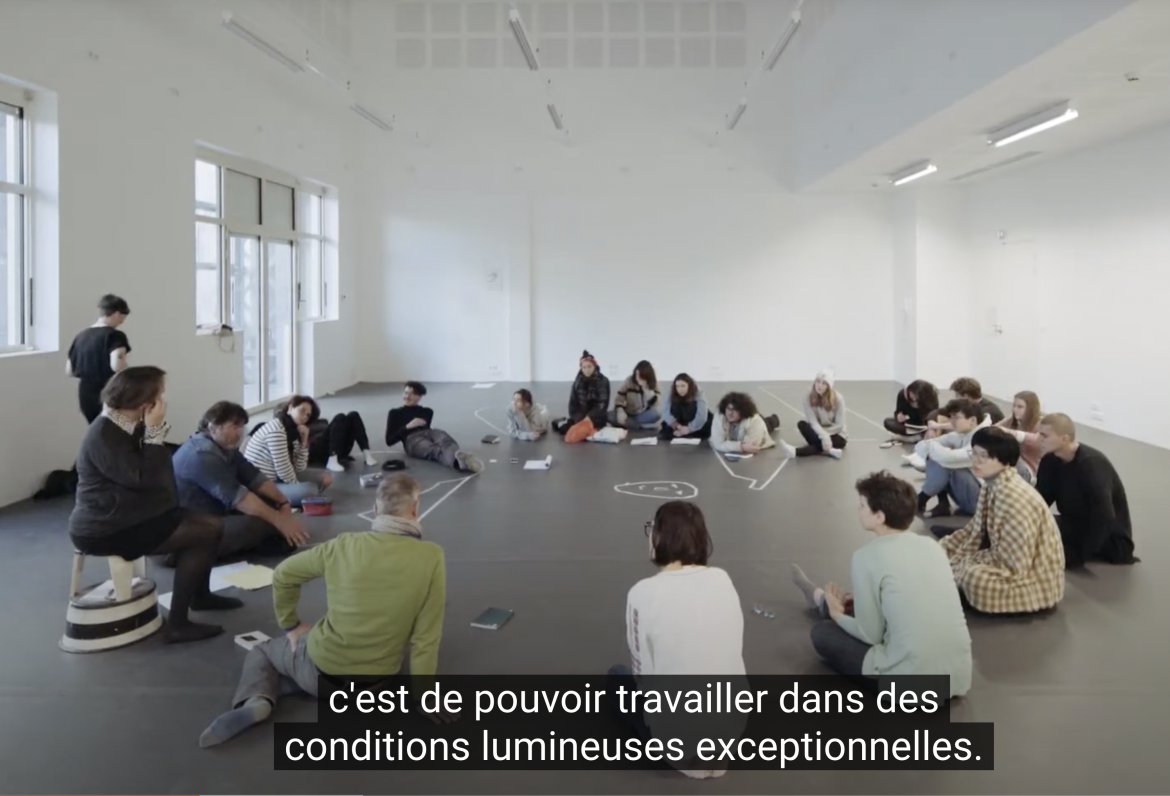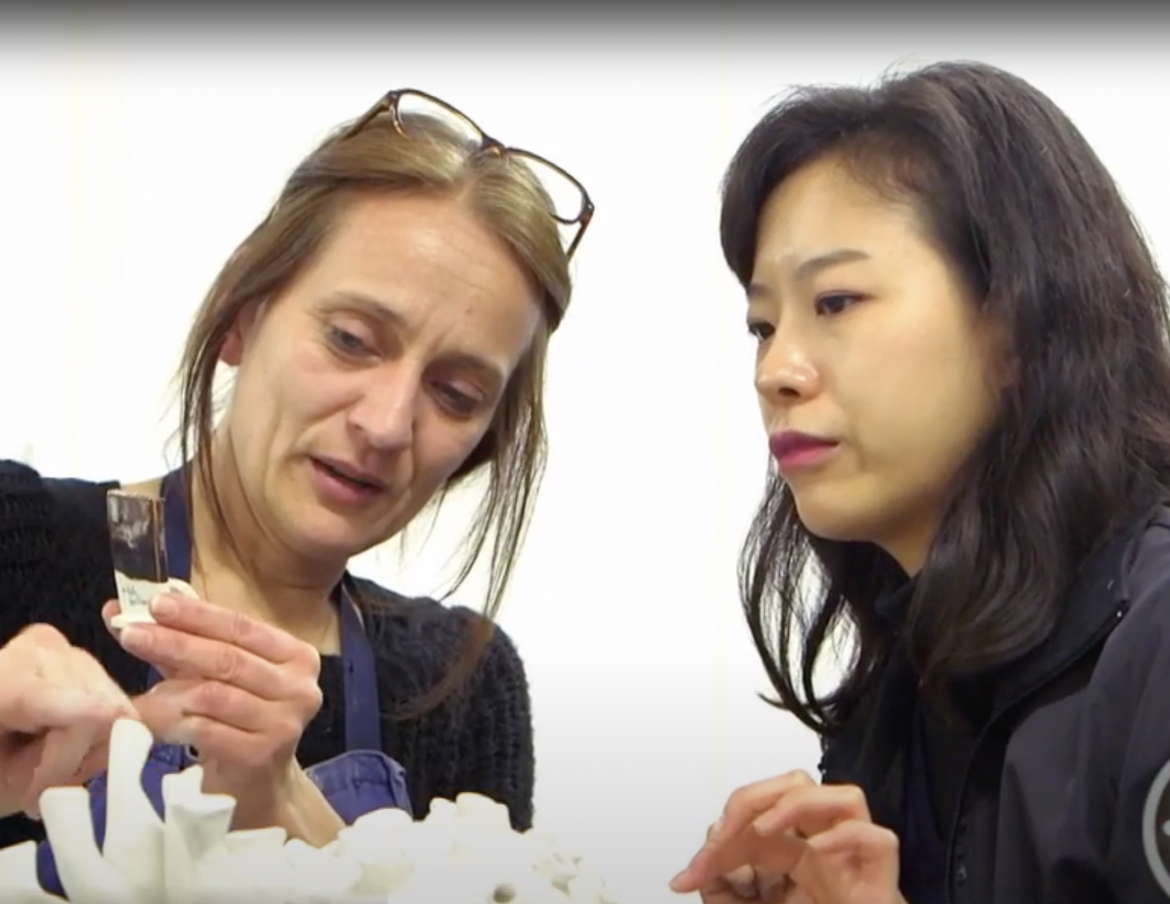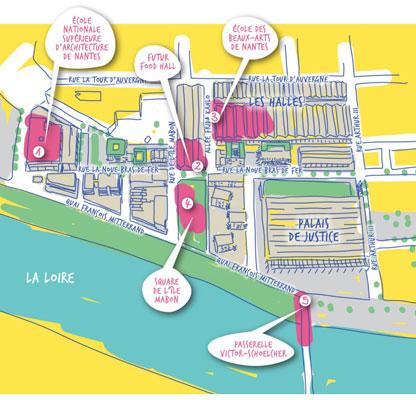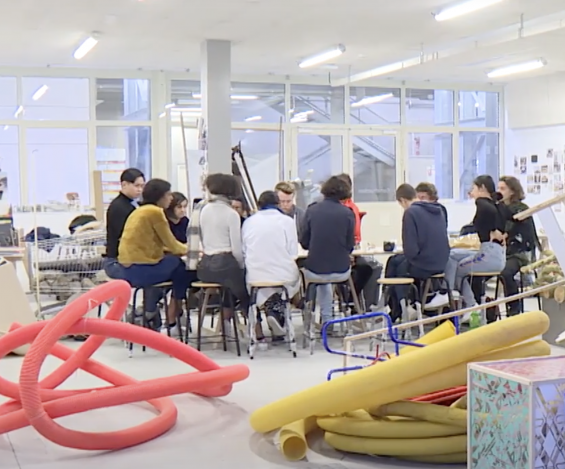Actualités

Fédération des Récupérathèques, ensa Nantes, école de design, avec le chantier et la Copoc

Émilie Noteris, Roxanne Maillet et Laetitia Paviani - site de Saint-Nazaire
Beaux-Arts Nantes Saint-Nazaire
Pôles techniques
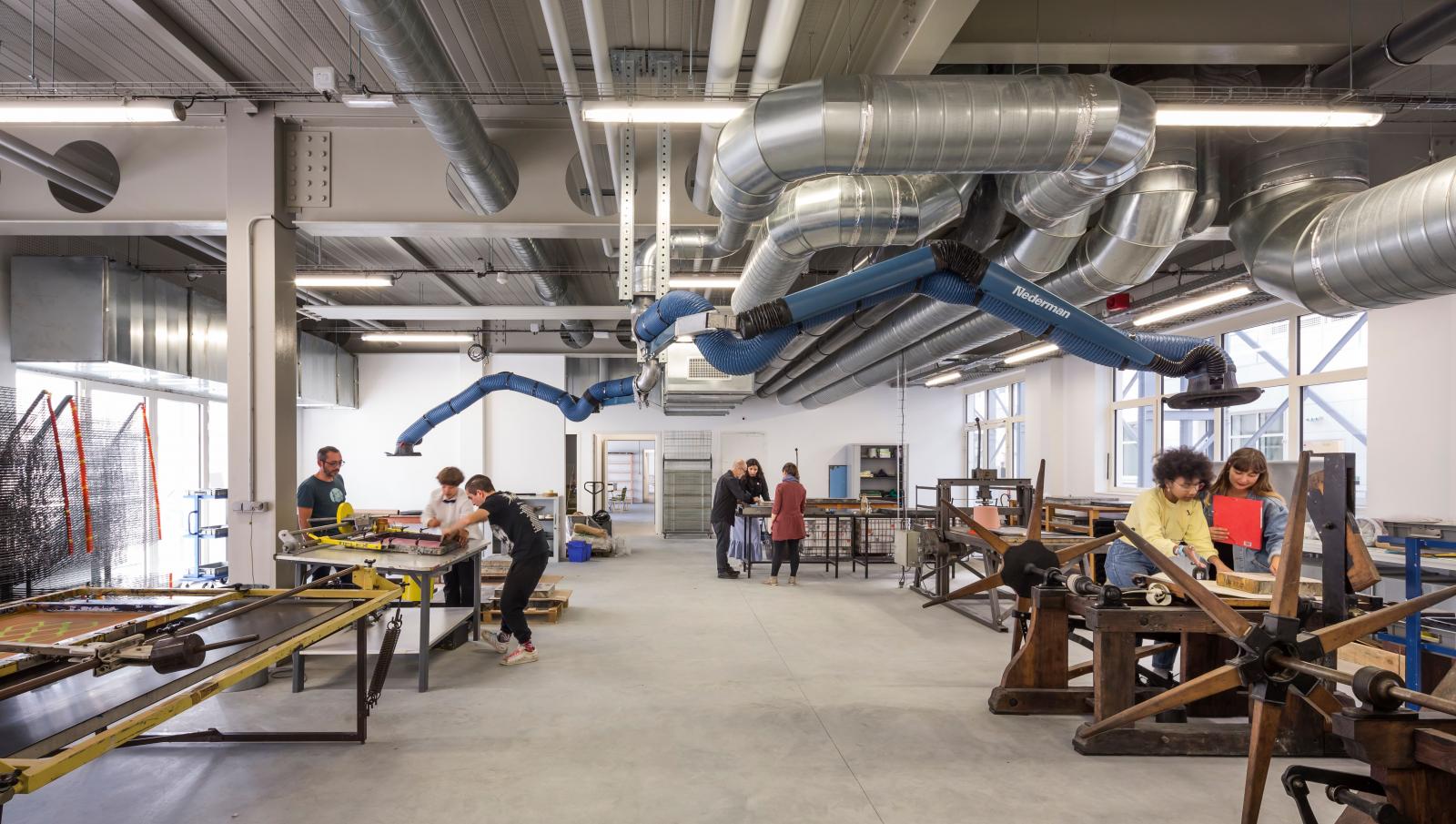
Les ateliers gravure, lithographie, offset et sérigraphie forment le pôle print avec des équipements adaptés pour tous les aspects de l’image graphique : presses diverses, plan de travail chauffant, poste de travail à extraction des vapeurs, châssis d’insolation, poste de grainage…
Atelier lithographie : Juliette Champain
Atelier sérigraphie : Jérôme Chardon
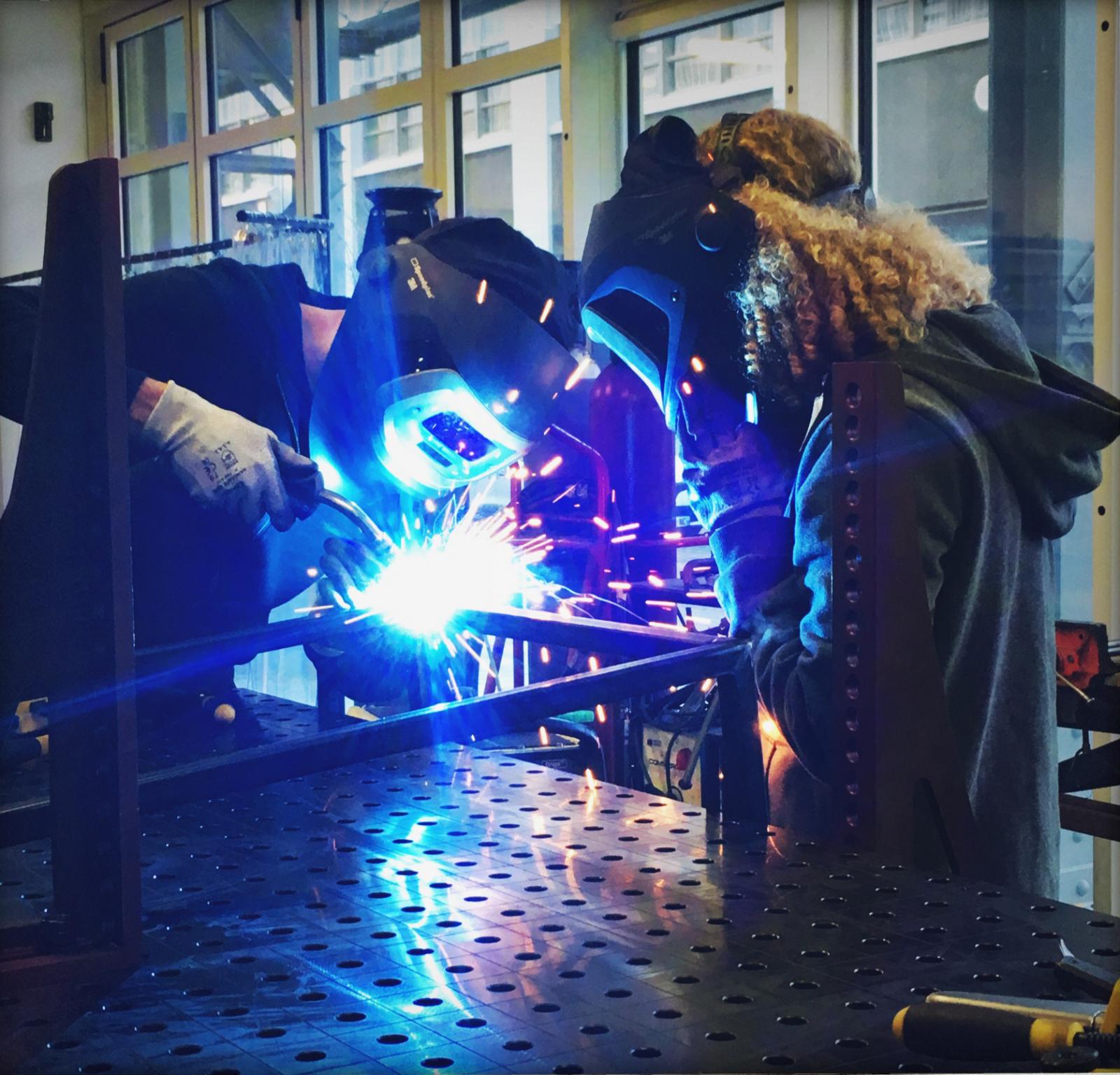
Les ateliers bois, métal et moulage/modelage composent le pôle construction, dédié à la sculpture et à la création tridimensionnelle sous toutes ses formes (du moulage classique aux matériaux composites). L’atelier bois permet les usinages divers dans des actes très variés tels que les tailles directes ou l’action des machines outils : scies à formats, combinés bois, tours, outillages manuels…
L’atelier métal propose des actions d’addition (postes de soudure), de soustraction (tours, fraiseuses…) et de déplacement (forge, pliage, fonte…) de la matière.
Atelier métal : Nicolas Rambaud
Atelier bois : Céline Huneau
Atelier volume : Sabine Corbet
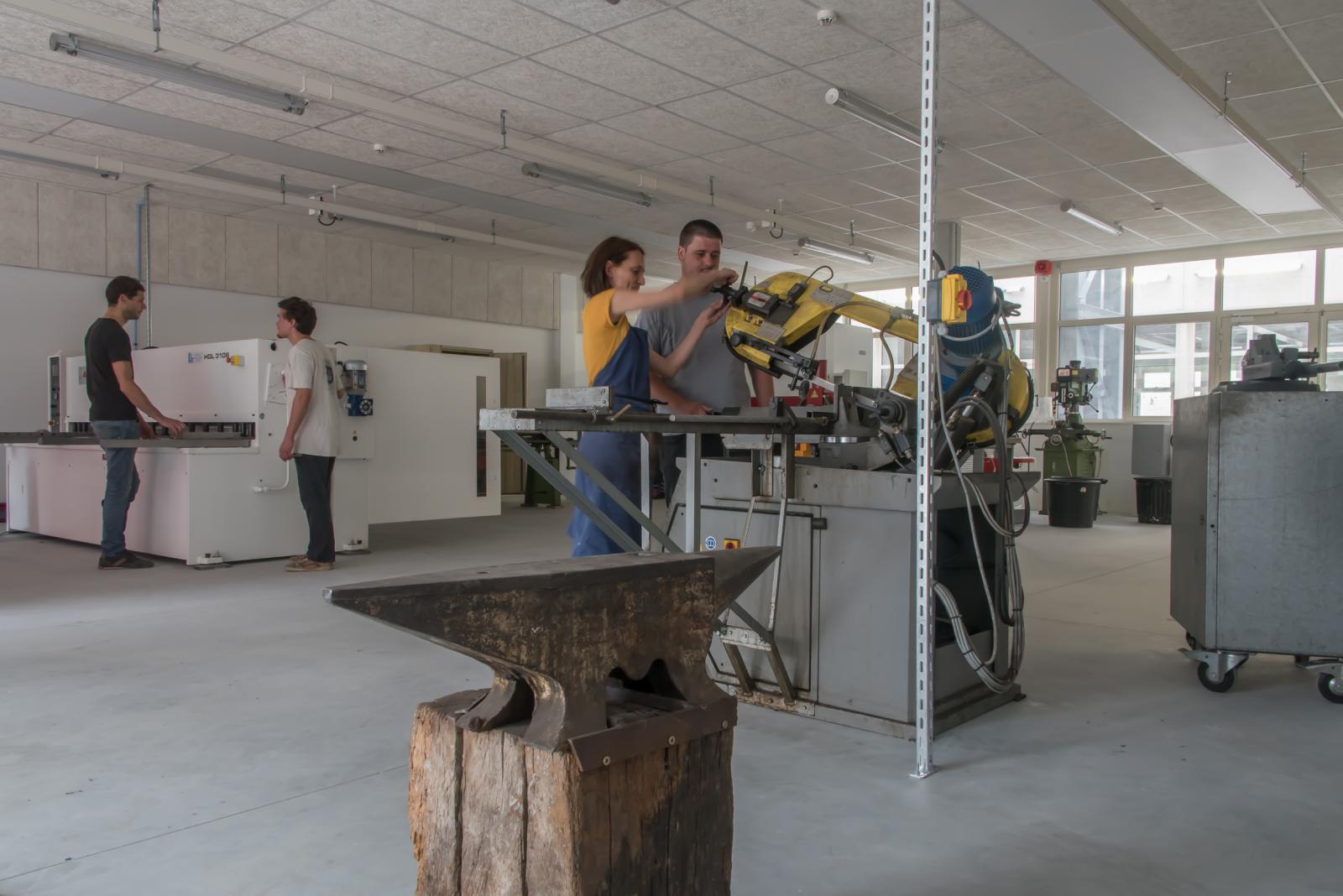
Les ateliers bois, métal et moulage/modelage composent le pôle construction, dédié à la sculpture et à la création tridimensionnelle sous toutes ses formes (du moulage classique aux matériaux composites). L’atelier bois permet les usinages divers dans des actes très variés tels que les tailles directes ou l’action des machines outils : scies à formats, combinés bois, tours, outillages manuels…
L’atelier métal propose des actions d’addition (postes de soudure), de soustraction (tours, fraiseuses…) et de déplacement (forge, pliage, fonte…) de la matière.
Atelier métal : Nicolas Rambaud
Atelier bois : Céline Huneau
Atelier volume : Sabine Corbet
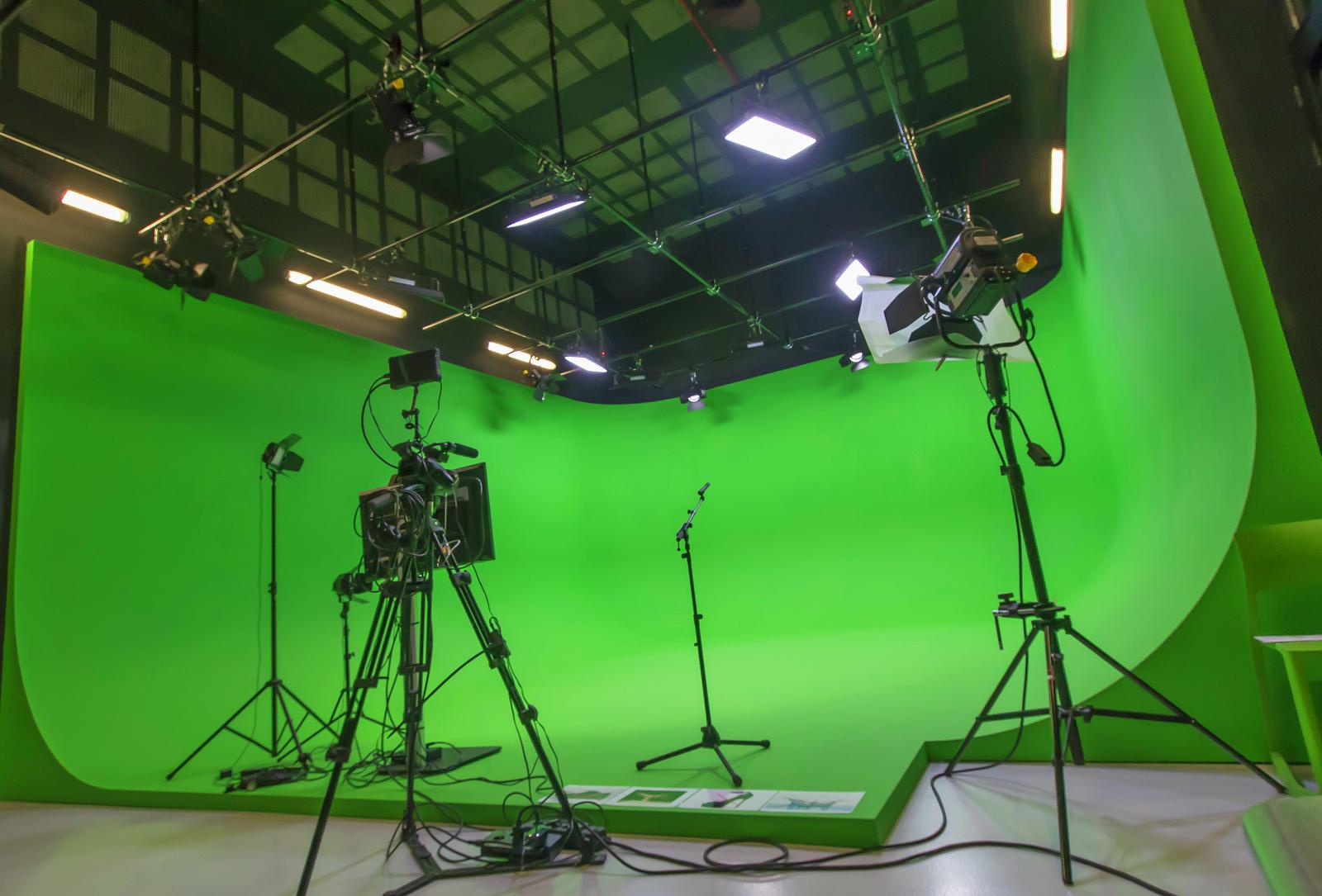
Le pôle image et multimédia est composé des ateliers photographie, son, vidéo et multimédia. Il est équipé d’un parc informatique conséquent, de nombreux laboratoires et studios et d’appareils très performants (appareils numériques et argentiques, caméras, traceurs, cyclo, agrandisseurs…).
Atelier multimédia : Alex Mairet & Christophe Cathalo
Atelier photographie : Daphné Boussion
Atelier vidéo : Marek Walcerz
Atelier son : Alex Mairet
Impression grand format : Daphné Boussion
Informatique et réseaux : Aurélien Crétin
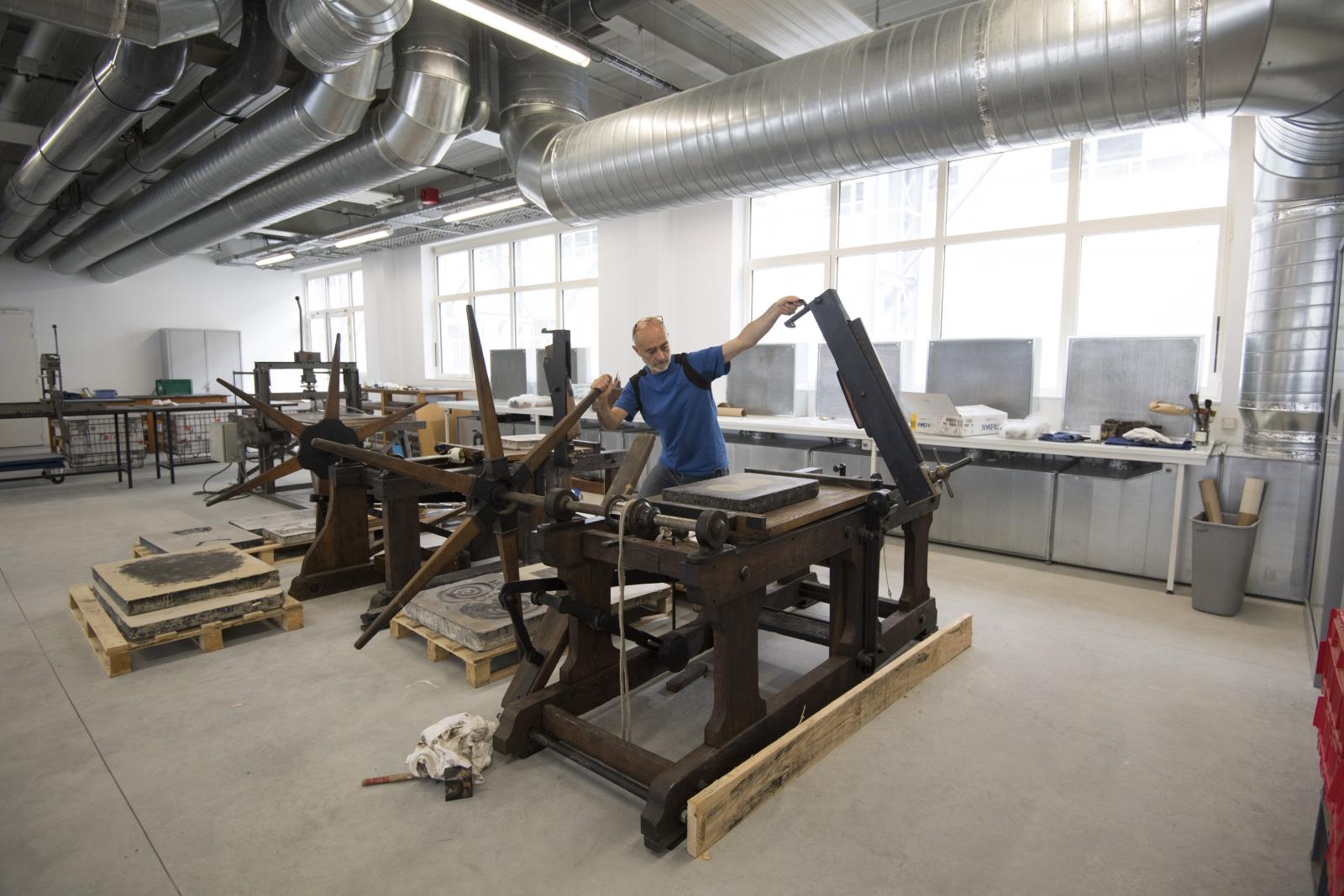
Les ateliers gravure, lithographie, offset et sérigraphie forment le pôle print avec des équipements adaptés pour tous les aspects de l’image graphique : presses diverses, plan de travail chauffant, poste de travail à extraction des vapeurs, châssis d’insolation, poste de grainage…
Atelier lithographie et gravure : Juliette Champain
Atelier sérigraphie : Jérôme Chardon

Les ateliers gravure, lithographie, offset et sérigraphie forment le pôle print avec des équipements adaptés pour tous les aspects de l’image graphique : presses diverses, plan de travail chauffant, poste de travail à extraction des vapeurs, châssis d’insolation, poste de grainage…
Atelier lithographie et gravure : Juliette Champain
Atelier sérigraphie : Jérôme Chardon
Created in 1904
- 5th best art school in France
- 405 students, 30% of whom are international
- 4300 m2 of technical workshops
- An international preparatory year for new graduates (API)
- A National Diploma of Art - DNA option Art - in 3 years
- A National Diploma of Plastic Expression - DNSEP option Art - Master level, in 2 years
- An international equivalence program in art and design for international students (PIE)
- A Master's degree in Cultures, Civilizations and Societies in a dual program with the University of Nantes
- Public courses in visual arts for children, youth and adults
- A gallery and a collection of contemporary art
- A café, gallery, laundry
Open to all, the library of the Nantes Saint-Nazaire School of Fine Arts offers a very rich documentation on art, thus constituting the main collection of modern and contemporary art in the region. Most of the major French and international art magazines complete this indispensable tool for the art world.
Nantes Saint-Nazaire
Nantes Saint-Nazaire
Metropolis of the Arts
Artistic and cultural territory recognized in France and in Europe for its quality and its dynamism, Nantes and its metropolis offer a rich, eclectic, generous artistic scene with Le Voyage à Nantes, the new museum of Arts, le lieu unique, and all the places, art centers, galleries, associations...
links
Nantes Métropole
Ville de Saint-Nazaire
Île de Nantes
le musée d'arts de Nantes
Le Grand Café - Saint-Nazaire
Le Voyage à Nantes
le lieu unique
Frac des Pays de la Loire
Artistic mutualization
On the Nantes-Saint-Nazaire axis, a territory rich in the works of art of Estuaire, the geographical and disciplinary proximity of the two establishments and the growing needs for higher artistic education have led the Nantes School of Fine Arts and the Saint-Nazaire School of Arts to join forces and pool their resources within the same EPCC: the Beaux-Arts Nantes Saint-Nazaire
Nantes : attractive and international
The Nantes School of Art participates in this attractiveness with constantly renewed pedagogical tools, state-of-the-art technical workshops, and an international policy at the heart of the school's project to welcome more and more students from France and around the world.
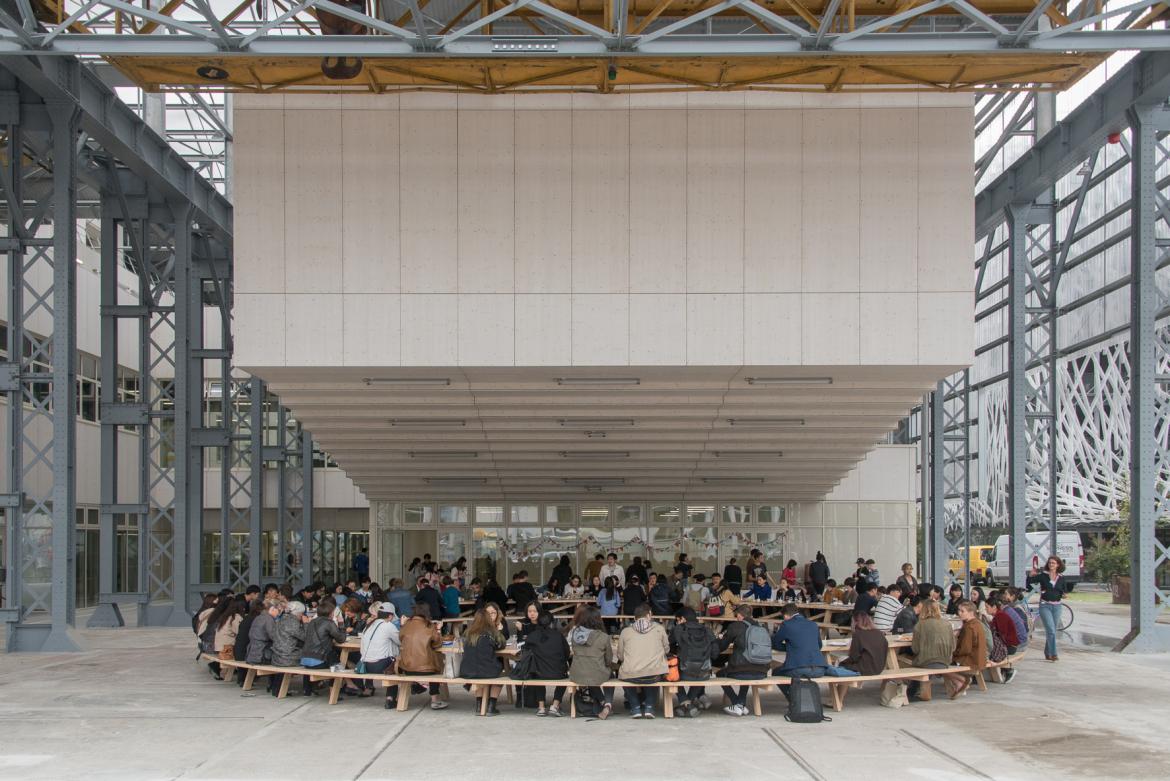
Beaux-Arts, Quartier de la Création, Île de Nantes
The Nantes School of Fine Arts has left the city center to move to Halls 4 and 5 and become a major site of higher artistic education.
Thanks to its strategic location in the heart of the Quartier de la création, the École des beaux-arts actively contributes to the development of a center of artistic excellence within the network of schools on the island of Nantes dedicated to architecture, communication, design and digital art.
4,300 m² of workshops are dedicated to research and experimentation in all areas of visual arts: construction, image and print. More than 400 students (30% of whom are foreigners), 2,000 students of all ages and their teaching teams occupy the spaces dedicated to higher education, public courses and artistic education.
Open to all, the public area of more than 900 m² includes an art gallery and a collection of contemporary art, an amphitheater and a library specialized in art.
Higher artistic education of Nantes
The major institutions of higher education in the arts will be grouped together on the island of Nantes: the Nantes National School of Architecture (ensa Nantes), the interdisciplinary university pole dedicated to digital cultures, the Nantes School of Fine Arts, the Nantes Atlantique School of Design and Audencia Sciences Com, the Graphic Arts Pole. This urban project responds to the major challenges of the School of Fine Arts:
- encouraging the creation of research clusters ;
- to facilitate the establishment of bridges between the actors of the district;
- to become attractive in order to recruit the best French and foreign students;
- to question and respond to the challenges of economic and societal development.
Beaux-Arts, Chapelle des Franciscains, Saint-Nazaire
The Beaux-Arts de Nantes Saint-Nazaire -site of Saint-Nazaire are located on the right bank of the Loire estuary, 60 km west of Nantes, 120 km from Rennes and 140 km from Angers, 3 hours from Paris by TGV.
The city of Saint-Nazaire, with 73,500 inhabitants, for an area of 46.79 km2 belongs to the dynamic artistic network of the West.
The city of Saint-Nazaire has taken an important and singular direction of being a territory open to contemporary creation, with Le Grand Café, a contemporary art center, but also with perennial works such as Felice Varini's in situ drawing on the harbor and recently the perennial works of Dewar and Giquel.
_______
An international opening
It is the heart of the rapprochement project. The schools are joining their pedagogical and technical forces and are creating an international class for baccalaureate students applying to French and/or English-speaking art schools.
_______
artistic education and amateur practices
The art school of Saint-Nazaire, for more than thirty years, provides artistic education to children, teenagers and adults, 600 students are registered. In Nantes, 750 students attend the school every week. The digitization of leisure activities is a phenomenon that must be taken into account by innovating on the temporality of learning and teaching methods (courses, workshops on short cycles, weekends and vacations).
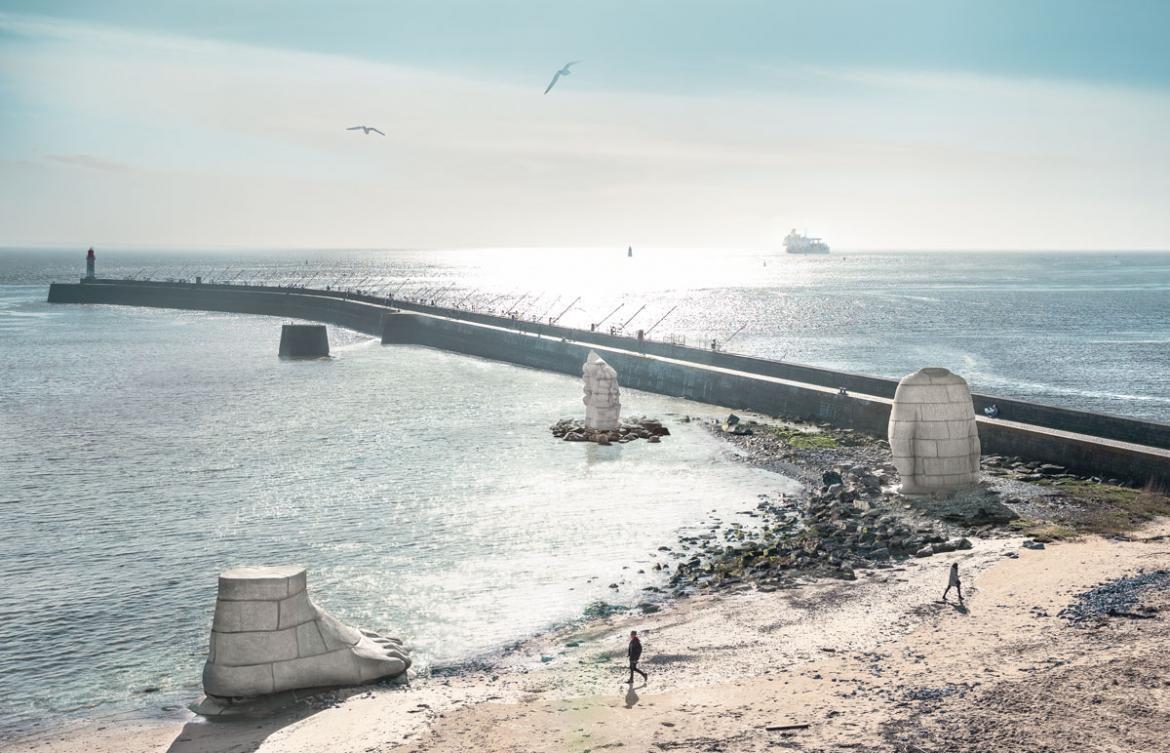
Dewar & Gicquel, Saint-Nazaire © Franck Tomps LVAN
Projets de territoire

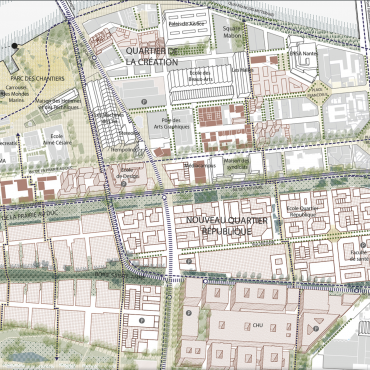

Nouvelles architectures
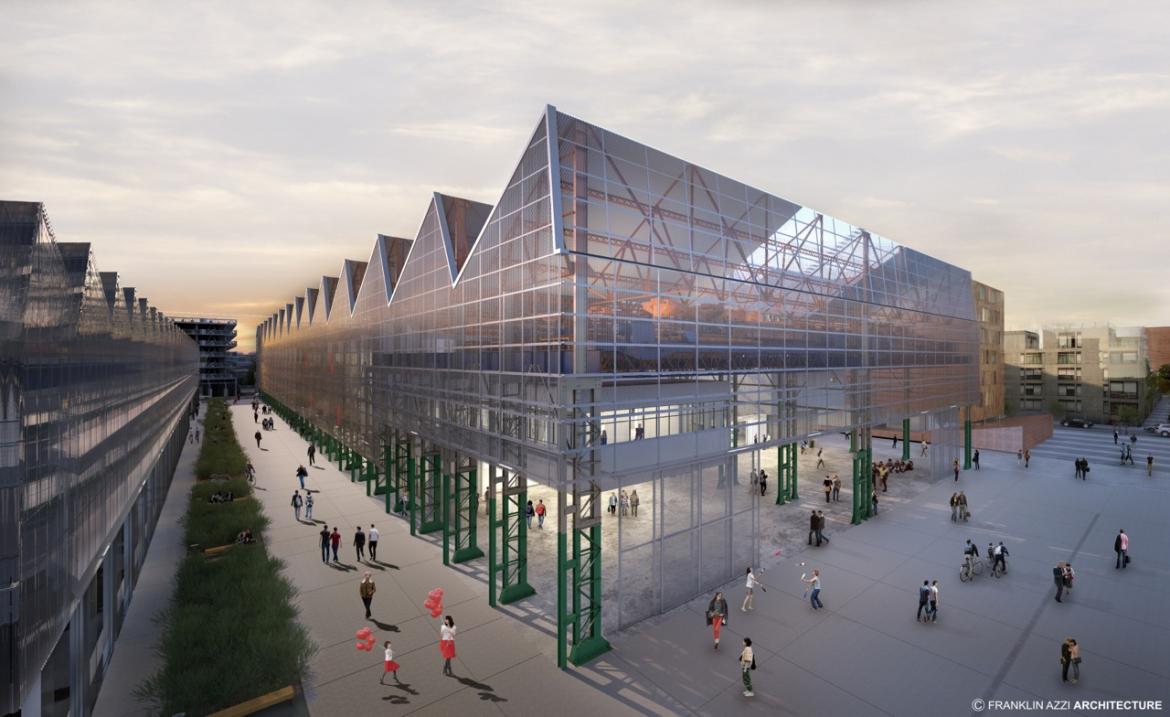
The Franklin Azzi Architecture project
Led by Nantes Métropole, the project is consistent with the site's industrial past and is located on an independent block made up of Halls 4 and 5. The development was carried out by streamlining the metal structures and cladding them with transparent cladding on the facade, from 4 meters from the ground. On the first floor, the school's premises are largely glazed in order to allow the activities taking place there to be seen. The forecourt in front of the school's entrance is intended to serve as a public space and links the different programs on the site. The premises are organized to allow the new school to accommodate different audiences, new methods of teaching and production and the sharing of spaces.

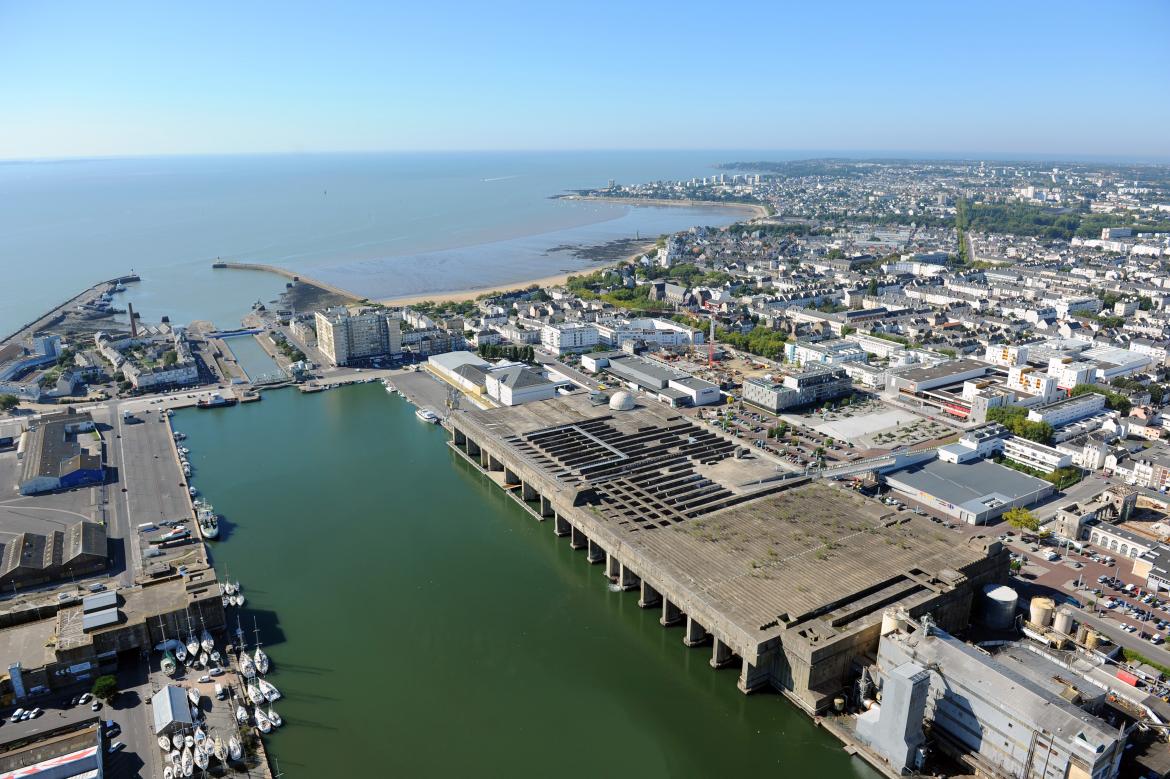
Pôles techniques –site de Nantes
4300m2 of technical equipment
The demanding and technical nature of the training is ensured by equipment that has been largely renewed and modernized since the opening of the new school in September 2017. The 4300 m² of workshops are dedicated to research and experimentation with the practical and pedagogical assistance of workshop managers. They are organized into 3 poles: Construction, Image and Print.
Pôles techniques

Les ateliers gravure, lithographie, offset et sérigraphie forment le pôle print avec des équipements adaptés pour tous les aspects de l’image graphique : presses diverses, plan de travail chauffant, poste de travail à extraction des vapeurs, châssis d’insolation, poste de grainage…
Atelier lithographie : Juliette Champain
Atelier sérigraphie : Jérôme Chardon

Les ateliers bois, métal et moulage/modelage composent le pôle construction, dédié à la sculpture et à la création tridimensionnelle sous toutes ses formes (du moulage classique aux matériaux composites). L’atelier bois permet les usinages divers dans des actes très variés tels que les tailles directes ou l’action des machines outils : scies à formats, combinés bois, tours, outillages manuels…
L’atelier métal propose des actions d’addition (postes de soudure), de soustraction (tours, fraiseuses…) et de déplacement (forge, pliage, fonte…) de la matière.
Atelier métal : Nicolas Rambaud
Atelier bois : Céline Huneau
Atelier volume : Sabine Corbet

Les ateliers bois, métal et moulage/modelage composent le pôle construction, dédié à la sculpture et à la création tridimensionnelle sous toutes ses formes (du moulage classique aux matériaux composites). L’atelier bois permet les usinages divers dans des actes très variés tels que les tailles directes ou l’action des machines outils : scies à formats, combinés bois, tours, outillages manuels…
L’atelier métal propose des actions d’addition (postes de soudure), de soustraction (tours, fraiseuses…) et de déplacement (forge, pliage, fonte…) de la matière.
Atelier métal : Nicolas Rambaud
Atelier bois : Céline Huneau
Atelier volume : Sabine Corbet

Le pôle image et multimédia est composé des ateliers photographie, son, vidéo et multimédia. Il est équipé d’un parc informatique conséquent, de nombreux laboratoires et studios et d’appareils très performants (appareils numériques et argentiques, caméras, traceurs, cyclo, agrandisseurs…).
Atelier multimédia : Alex Mairet & Christophe Cathalo
Atelier photographie : Daphné Boussion
Atelier vidéo : Marek Walcerz
Atelier son : Alex Mairet
Impression grand format : Daphné Boussion
Informatique et réseaux : Aurélien Crétin

Les ateliers gravure, lithographie, offset et sérigraphie forment le pôle print avec des équipements adaptés pour tous les aspects de l’image graphique : presses diverses, plan de travail chauffant, poste de travail à extraction des vapeurs, châssis d’insolation, poste de grainage…
Atelier lithographie et gravure : Juliette Champain
Atelier sérigraphie : Jérôme Chardon

Les ateliers gravure, lithographie, offset et sérigraphie forment le pôle print avec des équipements adaptés pour tous les aspects de l’image graphique : presses diverses, plan de travail chauffant, poste de travail à extraction des vapeurs, châssis d’insolation, poste de grainage…
Atelier lithographie et gravure : Juliette Champain
Atelier sérigraphie : Jérôme Chardon
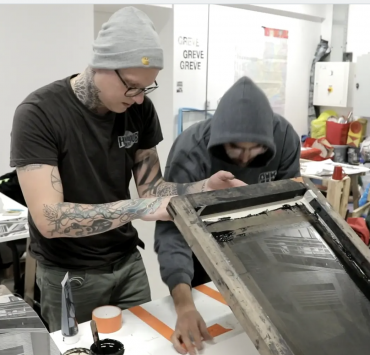

Nantes Université
Nantes University 2022
The University of Nantes, Centrale Nantes, the Nantes University Hospital, Inserm, the Nantes-Saint-Nazaire School of Fine Arts, the Nantes School of Architecture and IRT Jules Verne have approved the statutes of the future experimental public institution.
With these votes, the seven institutions have laid the common groundwork for a new French university model and committed themselves to the construction of a public higher education and research establishment that will be called Nantes University and will see the light of day in January 2022. This project was made possible thanks to the support of the region's socio-economic players and the unfailing support of Nantes Métropole and the Pays-de-la-Loire Region.
Presse et partenaires
Infos clé
- Creation of the Beaux-Arts of Nantes in 1905 and Saint-Nazaire in 1985
- Relocation to the Île de Nantes in 2017 and new school for Saint-Nazaire in 2021
- Bringing together of the two schools in 2018
- Number of students in 2020/21: 403 (including 119 foreign students)
- Number of teachers: 58
- 34 international agreements
- Number of students in public courses: 700 in Nantes, 600 in Saint-Nazaire
- Classes: primary, junior high, high school
- Artistic and cultural programming
- Specialized library open to all publics
- Public art collection with artdelivery, delivery service of works

Contacts
Press-Media-Communication
Mai Tran
T. + 33 2 55 58 65 08
mai.tran@beauxartsnantes.fr

Logos Beaux-Arts Nantes
Press kit Franlin Azzi architecture
Les instances
Conseil d'administration
The establishment is administered by the board of directors and its president, Aymeric Seassau. It is directed by Pierre-Jean Galdin, director, assisted by the pedagogical, scientific and student life council.
-
Délibérations 2016-2020
CA du 7 décembre 2021 - voir les délibérations
CA du 6 octobre 2021 - voir les délibérations
CA du 26 mai 2021 - voir les délibérations
CA du 31 mars 2021 - voir les délibérations
CA du 6 novembre 2020 - voir les délibérations
CA du 25 septembre 2020 - voir les délibérations
CA du 17 juin 2020 - voir les délibérations
CA du 11 décembre 2019 - voir les délibérations
CA du 9 octobre 2019 - voir les délibérations
CA du 27 juin 2019 - voir les délibérations
CA du 21 mars 2019 - voir les délibérations
CA du 18 janvier 2019 - voir les délibérations
CA du 28 juin 2018 - voir les délibérations
CA du 15 mars 2018 - voir les délibérations
CA du 6 décembre 2017 - voir les délibérations
CA du 28 juin 2017 - voir les délibérations
CA du 7 décembre 2016 - voir les délibérations
CA du 20 juin 2016 - voir les délibérations
CA du 22 janvier 2016 - voir les délibérations
Délibérations 2010-2015
CA du 2 octobre 2015 - voir les délibérations
CA du 12 juin 2015 - voir les délibérations
CA du 25 mars 2015 - voir les délibérations
CA du 3 novembre 2014 - voir les délibérations
CA du 18 juin 2014 - voir les délibérations
CA du 27 février 2014 - voir les délibérations
CA du 26 juin 2013 - voir les délibérations
CA du 22 janvier 2013 - voir les délibérations
CA du 19 octobre 2012 - voir les délibérations
CA du 25 juin 2012 - voir les délibérations
CA du 29 mars 2012 - voir les délibérations
CA du 29 novembre 2011 - voir les délibérations
CA du 29 juin 2011 - voir les délibérations
CA du 29 mars 2011 - voir les délibérations
CA du 11 juin 2010 - voir les délibérations
CA du 26 janvier 2010 - voir les délibérations


